Cardiovascular Disease
This lesson covers:
- What 'cardiovascular disease' is
- What 'coronary heart disease' is
- How statins and stents can be used to treat coronary heart disease
- The causes of, and treatments for, faulty heart values
- What 'heart failure' is, and how we can treat it
Anticoagulants Anticoagulants (such as Warfarin) are medicines that help prevent blood clots, which makes heart attacks and strokes less likely. |
A downside though is that blood clotting is sometimes helpful. For example if a blood vessel breaks then we need the blood to clot in order to stop blood loss. This means that a side effect of anticoagulants can be excessive bleeding. |
 |
Antihypertensives
Antihypertensives are medicines that lower blood pressure. This reduces the risk of atheroma/fatty plaques and blood clots forming.
They can cause side effects though, such as headaches or fainting.
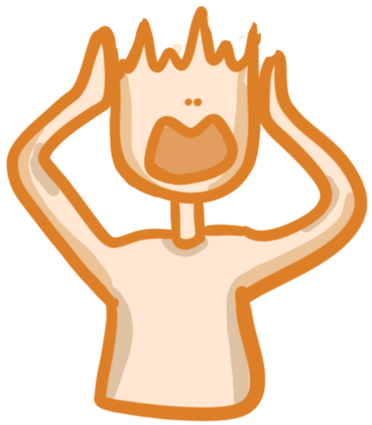

Cardiovascular disease refers to diseases of the cardiovascular (circulatory) system.
Which three of the following make up the cardiovascular system?
Brain
Lungs
Blood
Heart
Blood vessels
|
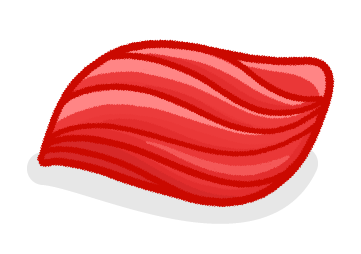
Which chemical process supplies the majority of the energy required for the contraction of muscle tissue?
Aerobic respiration
Active transport
Photosynthesis
|
Coronary heart disease
oxygen / heart / oxygenated / deoxygenated / fatty / narrower / wider / blood
- Coronary arteries branch out of the aorta and supply blood to the muscle.
- In coronary heart disease, layers of material build up inside the coronary arteries, causing the lumen to get .
- This reduces the flow of through the coronary arteries, resulting in a lack of and nutrients for the heart muscle.
- This can cause chest pain as the heart muscle is starved of oxygen, and in severe cases, can cause a heart attack.
|
The fatty material that builds up in coronary arteries is sometimes known as fatty plaques.
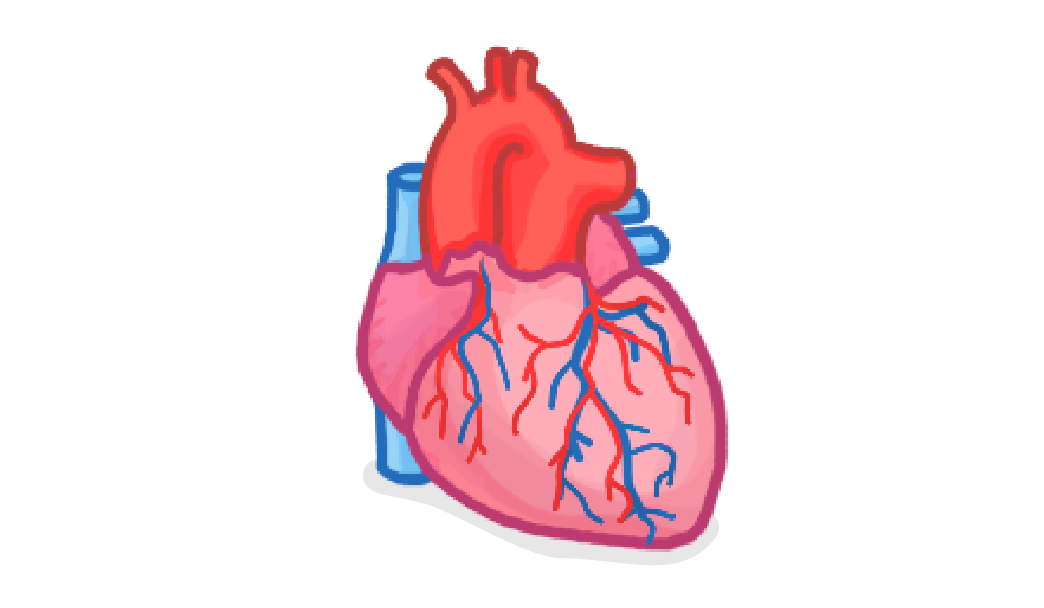
Which of the following are treatments for coronary heart disease?
(Select all that apply)
Chemotherapy
Antibiotics
Stent
Statins
|
How does a stent help treat coronary heart disease?
It expands within the artery to widen the lumen
It removes the fatty material from the artery
It stimulates the growth of new arteries
|
What are the benefits of stents when treating coronary artery disease?
(Select all that apply)
The stents have an almost immediate effect
Surgery is quick
The stents can last a long time
There is a risk of thrombosis (blood clot)
Surgery has a risk of complications
|
How do statins help treat coronary heart disease?
(Select all that apply)
They increase the amount of LDL cholesterol in the blood
They decrease the amount of HDL cholesterol in the blood
They increase the amount of HDL cholesterol in the blood
They decrease the amount of LDL cholesterol in the blood
|
What are the disadvantages of statins when treating coronary artery disease?
(Select all that apply)
No surgery is required
They have side effects such as kidney failure and headaches
The pills have to be taken every day
It can take months to see the positive effects
|
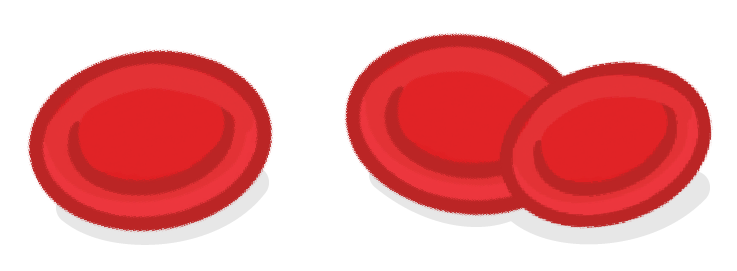
What are two problems that may be caused by faulty heart valves?
Blood can pass backwards through the valve
Not enough blood can pass though the valve
Blood gets deoxygenated as it passed through the valve
|
Faulty heart valves can be replaced. valves come from other animals such as pigs or cows. Meanwhile valves are man-made, often from metal.
|
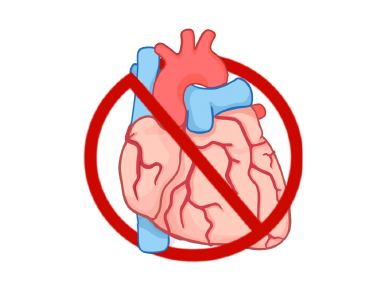
Which of the following are treatments for heart failure?
(Select all that apply)
Statins
Replacement with biological heart
Replacement with artificial heart
Dialysis
|
Which type of heart replacement might be rejected by the immune system?
Artificial heart
Biological heart
|